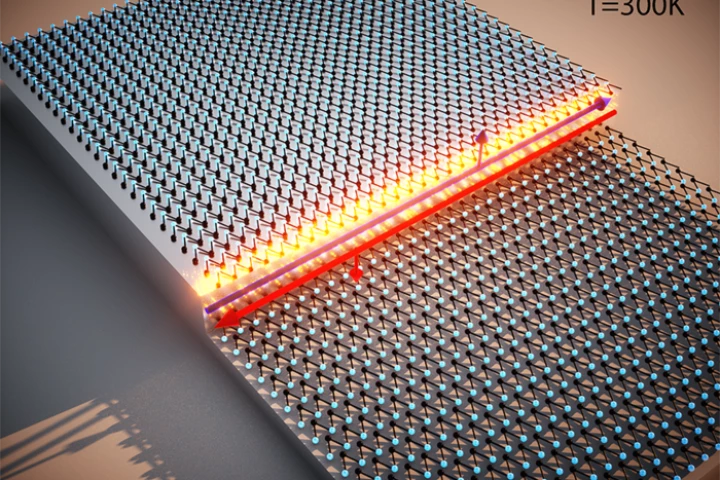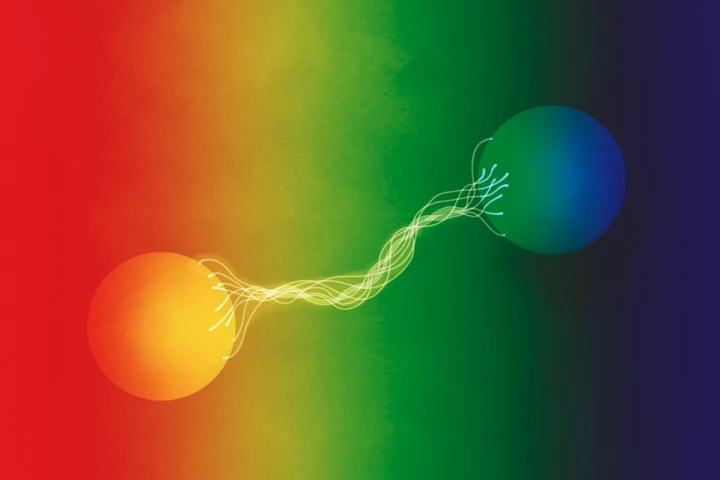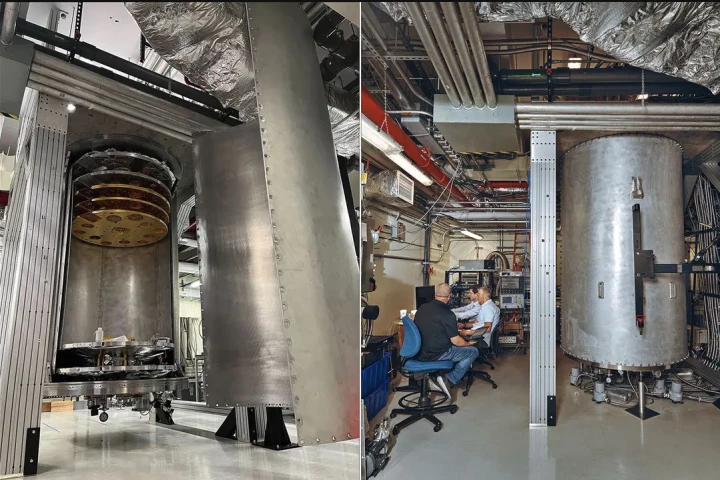Quantum
-
Many quantum effects can only be produced at extremely cold temperatures, which limits how useful they would be in real-world tech. Now, Princeton researchers have demonstrated a strange quantum state taking place in a material at room temperature.
-
Scientists have demonstrated a technique to allow quantum computers to store more information in photons of light. The team encoded eight levels of data into photons and read it back easily, representing an exponential leap over previous systems.
-
Movements at the particle scale happen extremely quickly, which makes it hard to see what’s going on in there. Now engineers have developed an “attoclock” that can take snapshots of electrons in increments as small as quintillionths of a second.
-
The 2022 Nobel Prize in Physics has been awarded to three scientists, Alain Aspect, John F. Clauser and Anton Zeilinger, who all conducted some of the first experiments with entangled photons, enabling a future for commercial quantum computers.
-
Scientists have developed a way to produce a web of quantum entangled photons using a far more simple setup than usual. The key is a precisely patterned surface 100 times thinner than paper, which could replace a roomful of optical equipment.
-
Quantum computing requires extremely cold temperatures. To that end, IBM has built and demonstrated a huge “super-fridge” codenamed Project Goldeneye that chills things colder than outer space.
-
University of Oxford physicists have linked two atomic clocks through quantum entanglement for the first time. The feat can help make these clocks so precise that they begin to approach the fundamental limit of precision set by quantum mechanics.
-
Physicists at the Max Planck Institute have developed an efficient new method to drive the quantum entanglement of photons, and demonstrated it by entangling a record number of photons. The technique could be a boon for quantum computers.
-
Researchers in Germany have demonstrated quantum entanglement of two atoms separated by 33 km (20.5 miles) of fiber optics. This is a record distance for this kind of communication and marks a breakthrough towards a fast and secure quantum internet.
-
Scientists have created a “quantum flute” that can coax photons to move in sync and interact with each other, which they almost never do in nature. The device could help improve future quantum computer designs.
-
Engineers have demonstrated a quantum integrated circuit made of just a few atoms. By precisely controlling the quantum states of the atoms, the processor can simulate the structure and properties of molecules, which could unlock new materials.
-
A quantum processor, developed by German-Australian start-up Quantum Brilliance, runs at room temperature, and will now work in tandem with classical supercomputers at the Pawsey Supercomputing Research Centre.
Load More











